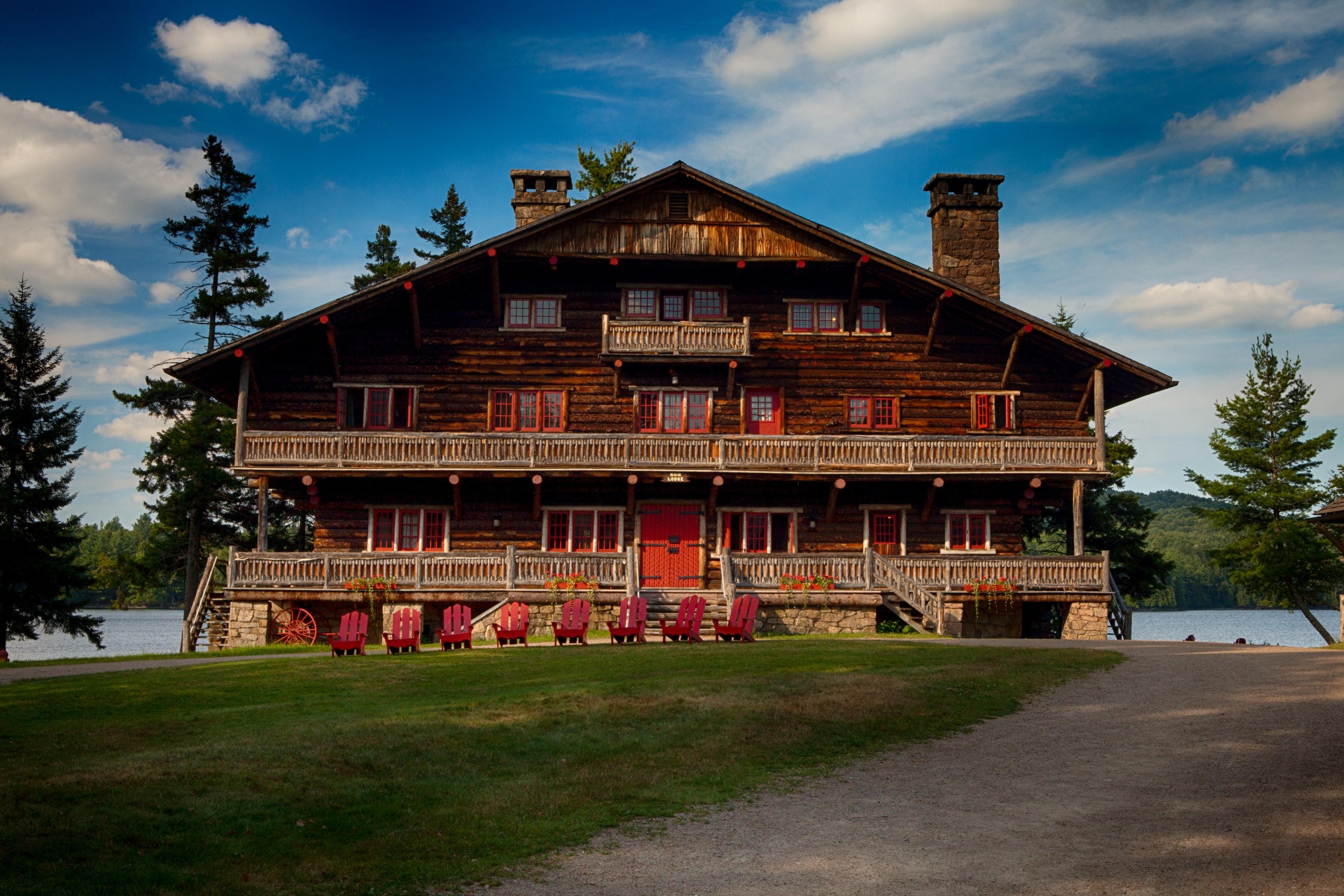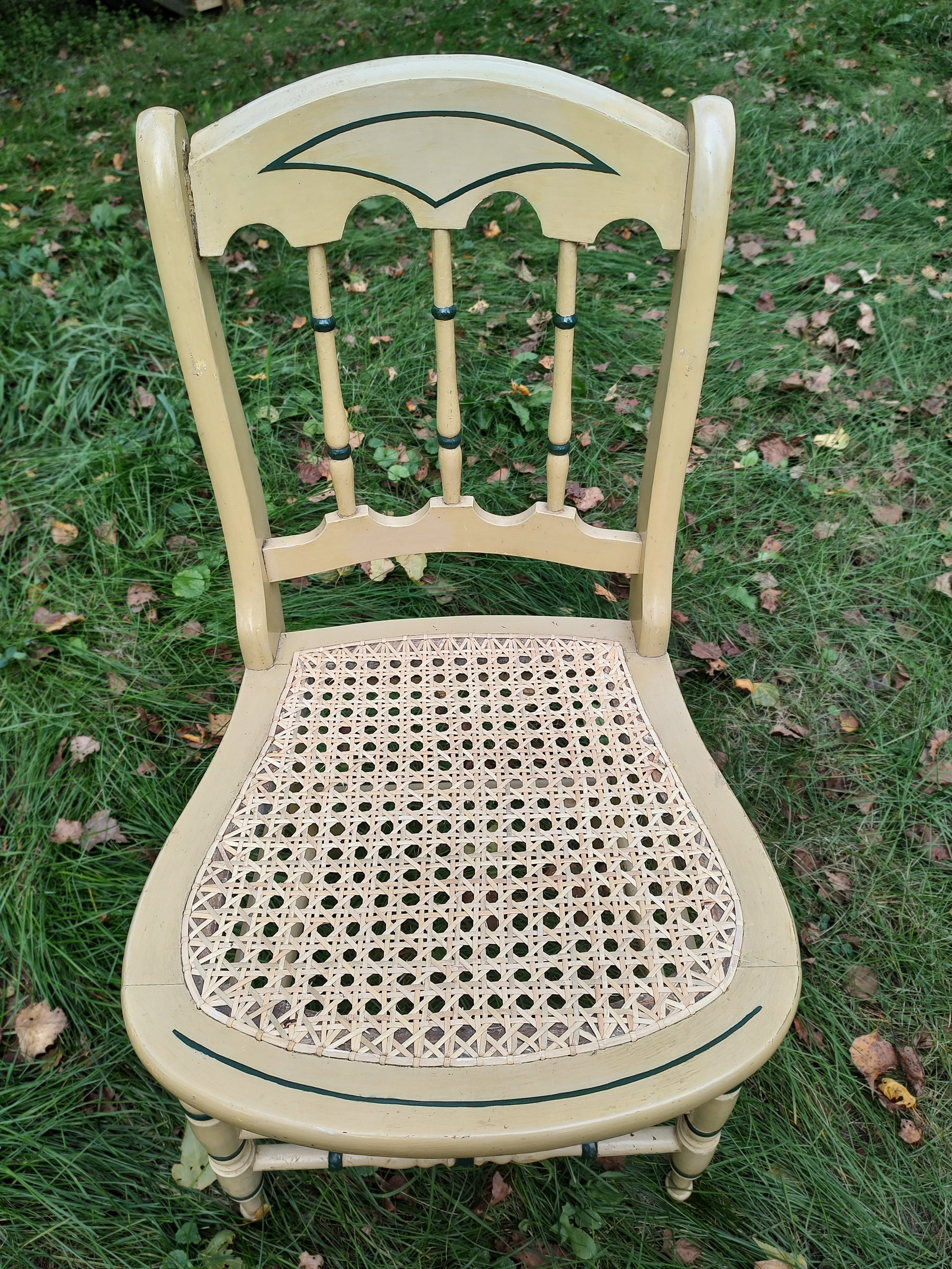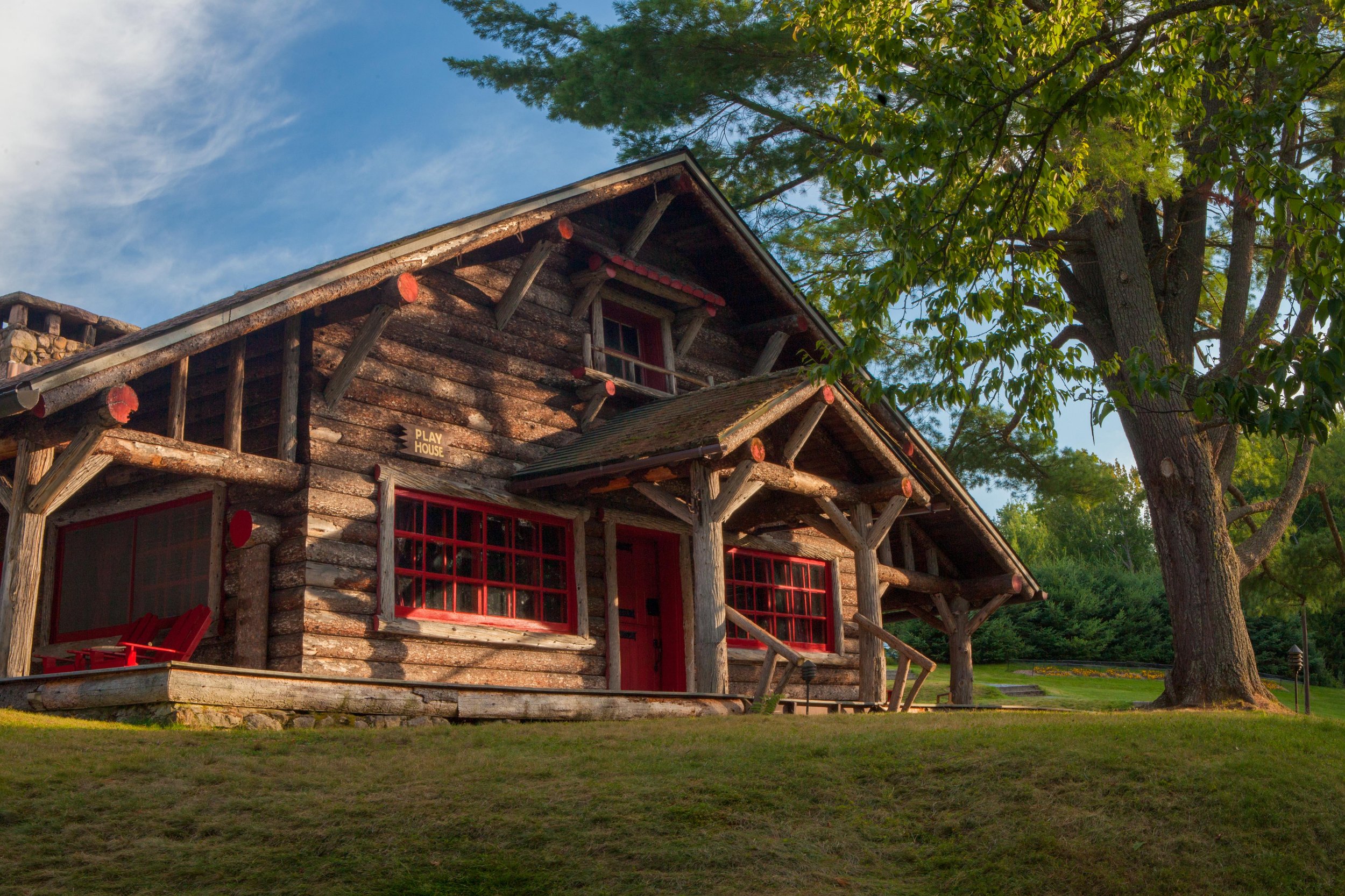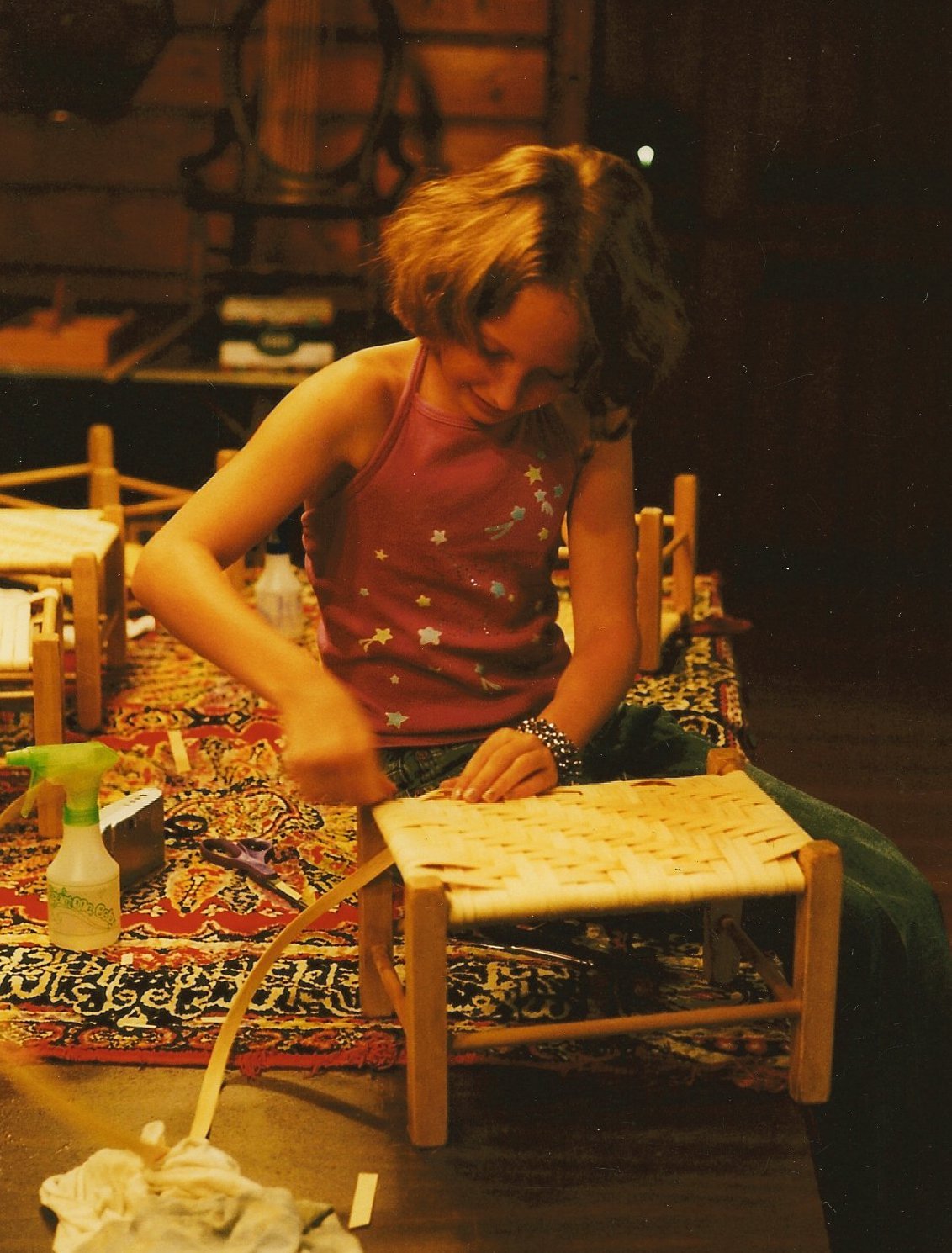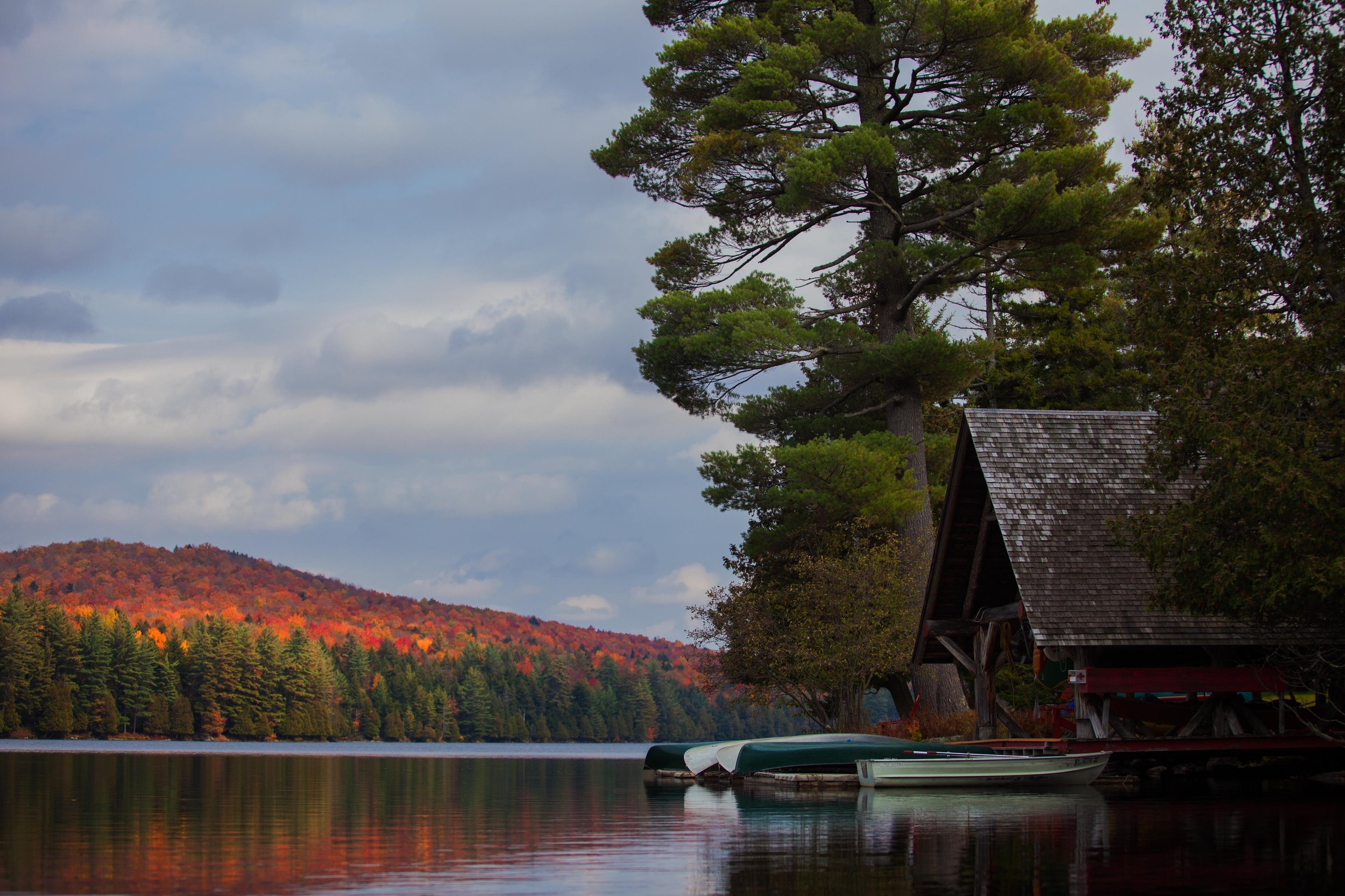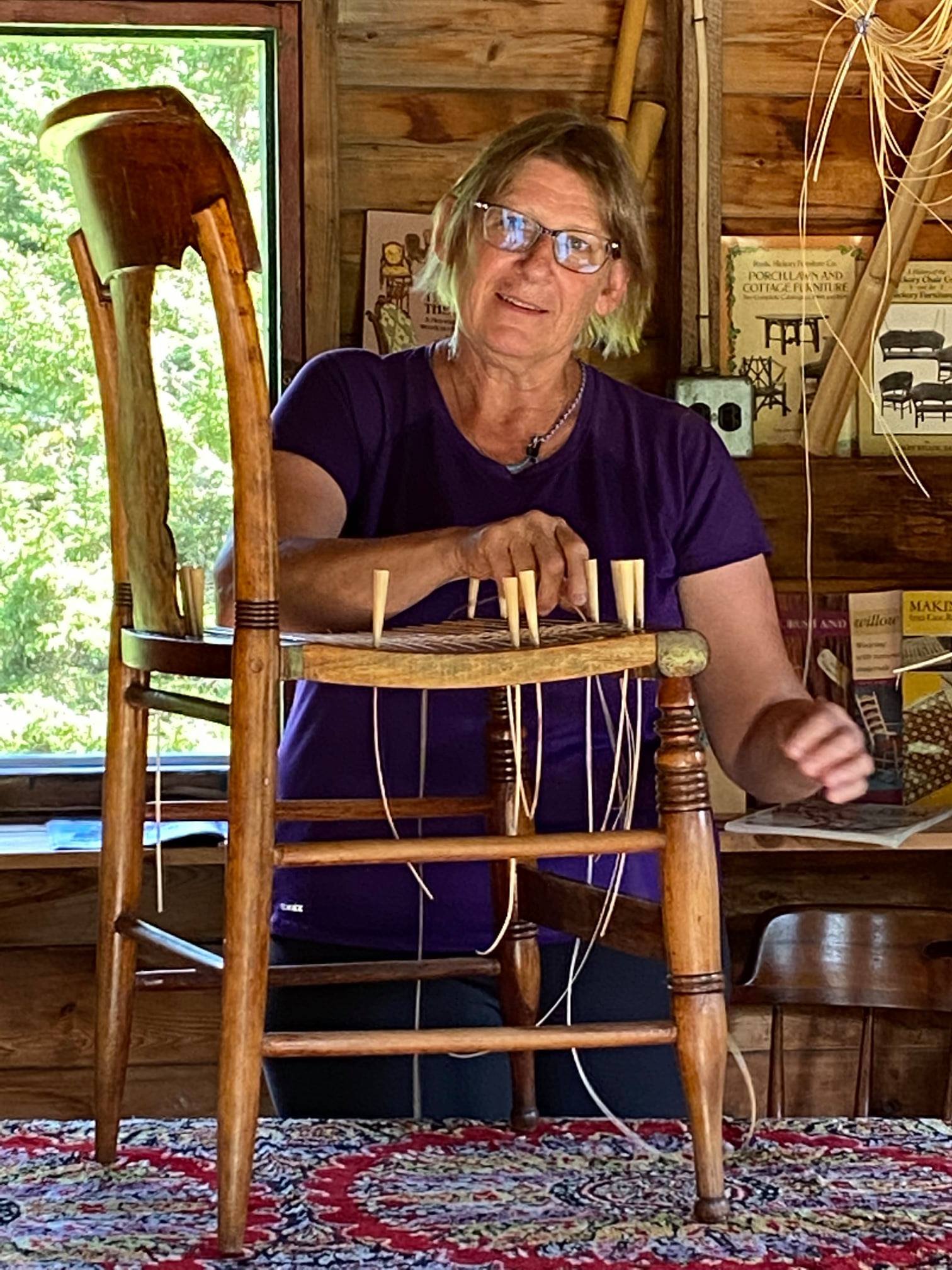Program Rates
$1,000/person - Shared Bath
$1,125/person - Private Bath (tub only)
$1,250/person - Private Bath (shower)
*All Inclusive
Chair Caning
Spend a few days learning how to cane your own chair during which you’ll learn to weave the traditional 7-step caning pattern. Bring along a chair in good condition in need of a new caned seat. Ideally, the chair seat will be square or rectangular in shape and have fewer than 85 holes drilled into the seat frame. Any repairs and refinishing should be completed before the class begins. Please bring a water bucket, scissors and your chair in sound condition, with the old cane removed, if possible.
Instructor
Chris Hubbard
I’ve always been interested and involved in creating by hand, so taking up chair caning came naturally to me. As a teenager, I was given my grandmother’s small side chair, which had a seat that was tacked on, made of fabric-covered plywood. For years that seat served me well, but I was intrigued by the holes in the frame underneath. By chance, I discovered a kit I could purchase containing the materials and tools needed to re-cane a chair seat. The kit arrived, a neat bundle of cane, some pegs, an awl, and a booklet with instructions. With help from two elderly local chair caners, Tip Tyler and Dick Pekins, I found my way through the intricate pattern that creates the traditional design. I was hooked!
After mastering the well-known pattern of octagons with much guidance from Tip and Dick, I discovered other caning patterns and took up the challenge of learning them, as well as the technique of blind and double blind, or French, caning. And as I worked with local antique dealers, reweaving the seats on various pieces of furniture - first, on chairs needed caned seats, and then on other pieces as they brought them to me - my repertoire grew to include fibre and natural rush, splint, and Shaker Tape weaving techniques.
I have demonstrated the craft of chair caning and seat weaving at various festivals and events, including the 18th Century Days in Schuylerville, the Washington County Fair in Easton, NY, the Parks Bentley Place in South Glens Falls; as well as Great Camp Sagamore in Raquette Lake. In addition, I have given classes through the Salem Central School Adult Continuing Education program, the Adirondack Folk School in Lake Luzerne and Great Camp Sagamore, as well as private lessons.
My work has been featured in the Folklife Center at Crandall Library, located in Glens Falls and at TAUNY in Canton. In addition, my work can be found numerous private homes in the region, as well as at the Shushan Covered Bridge Museum, at Great Camp Sagamore, and the Salem Public Library. Finally, I am a member of the Seatweavers’ Guild, an organization that promotes the teaching of seating
Schedule Overview
Coming Soon!
